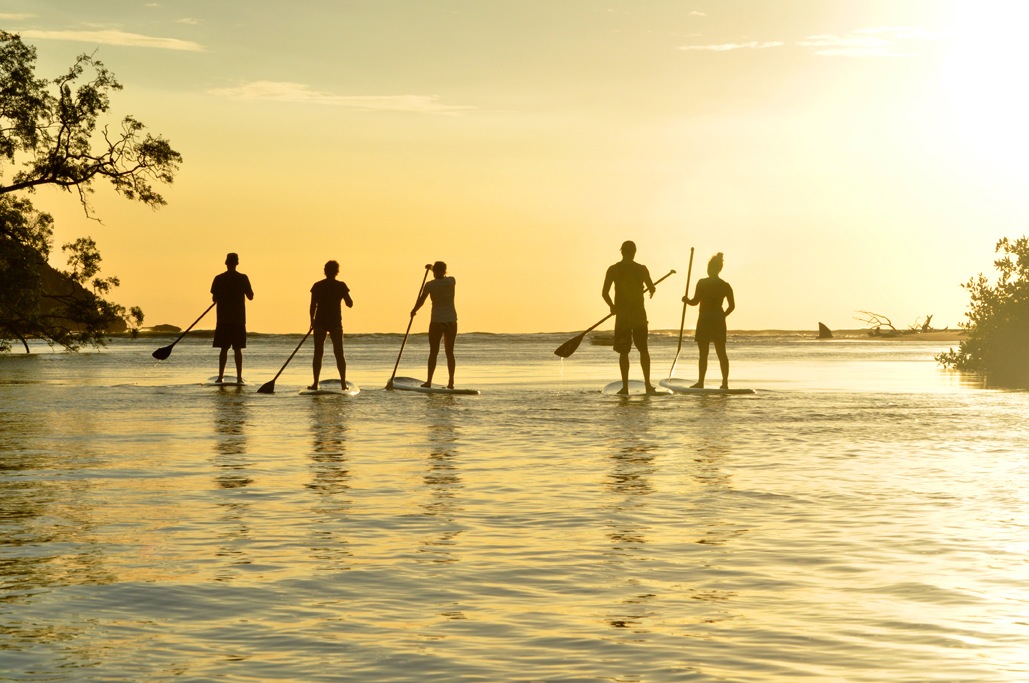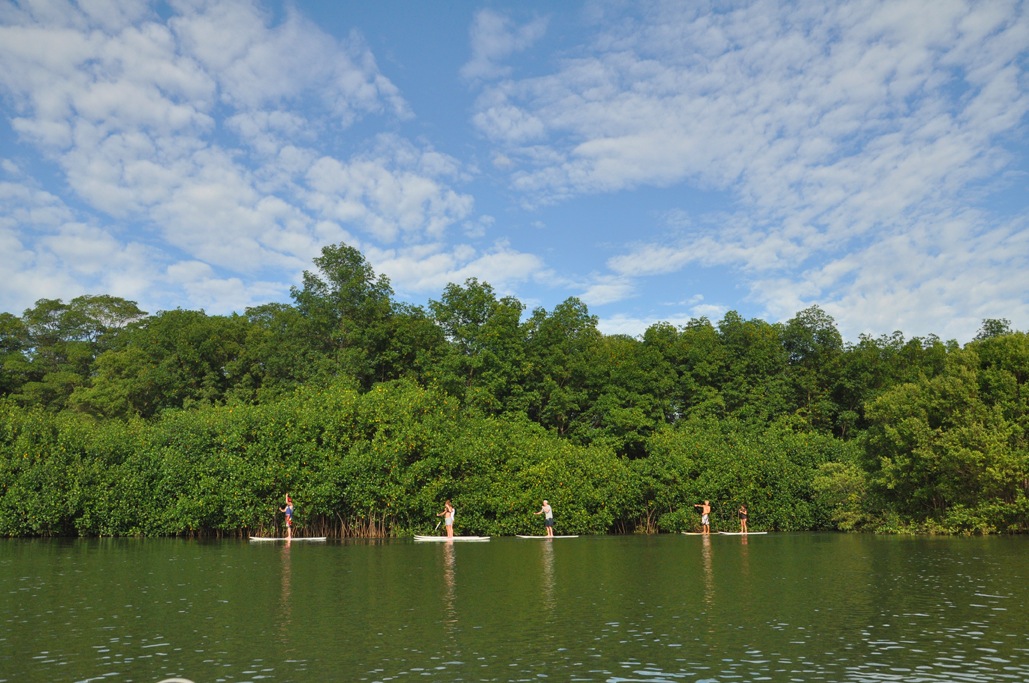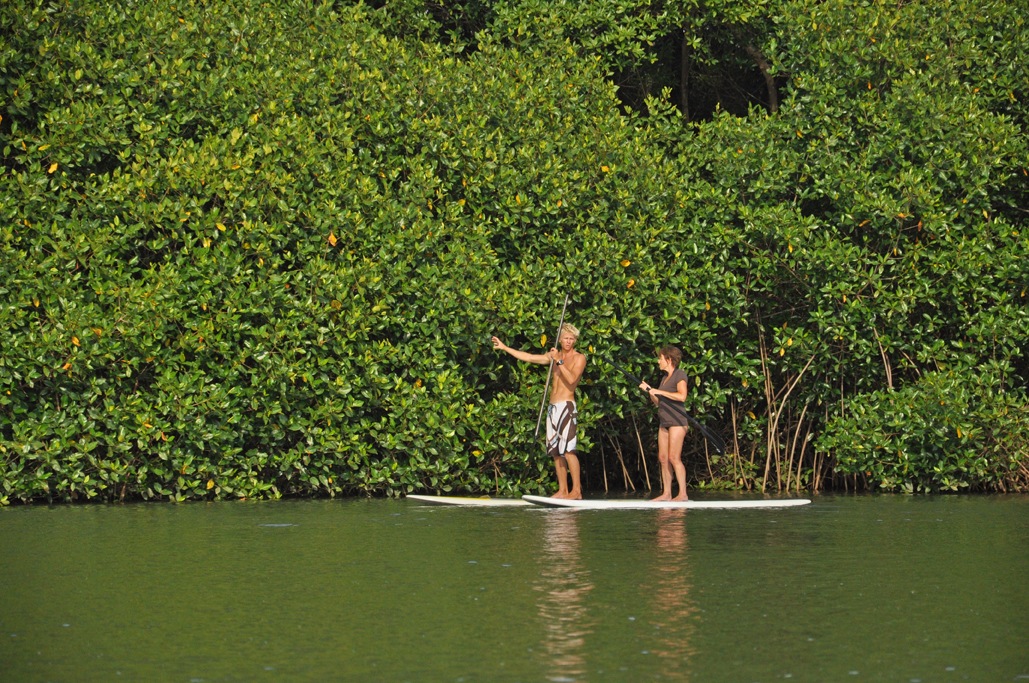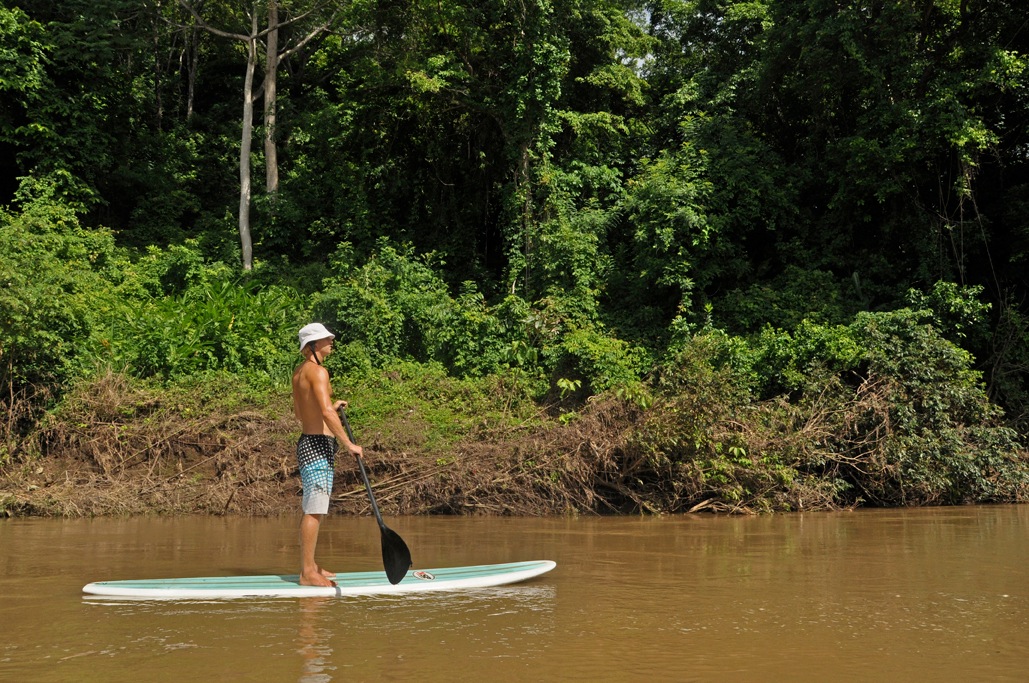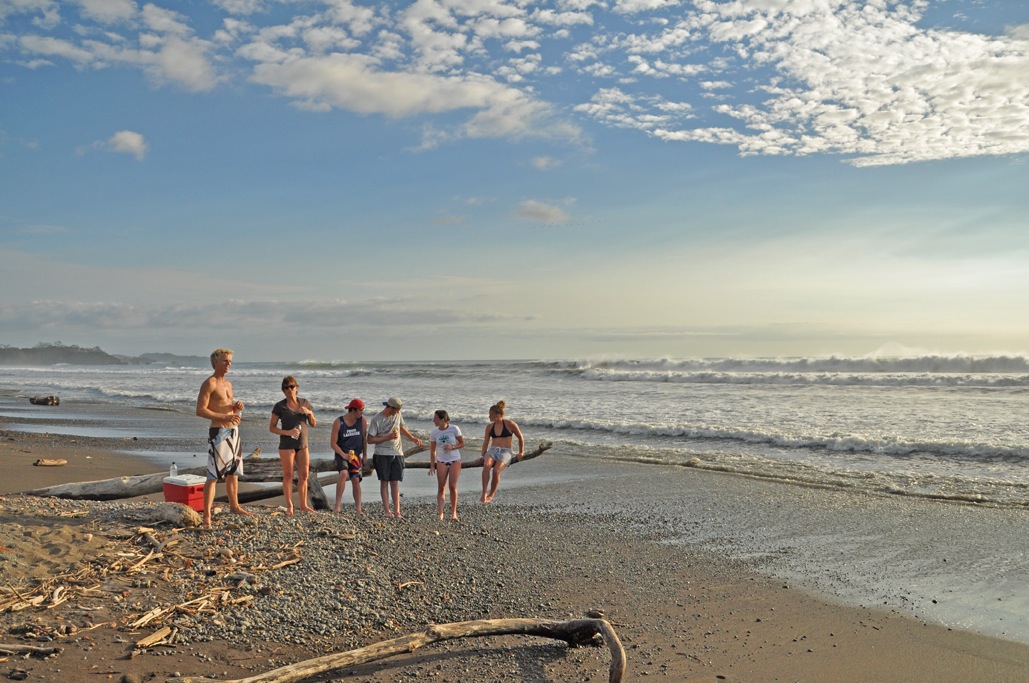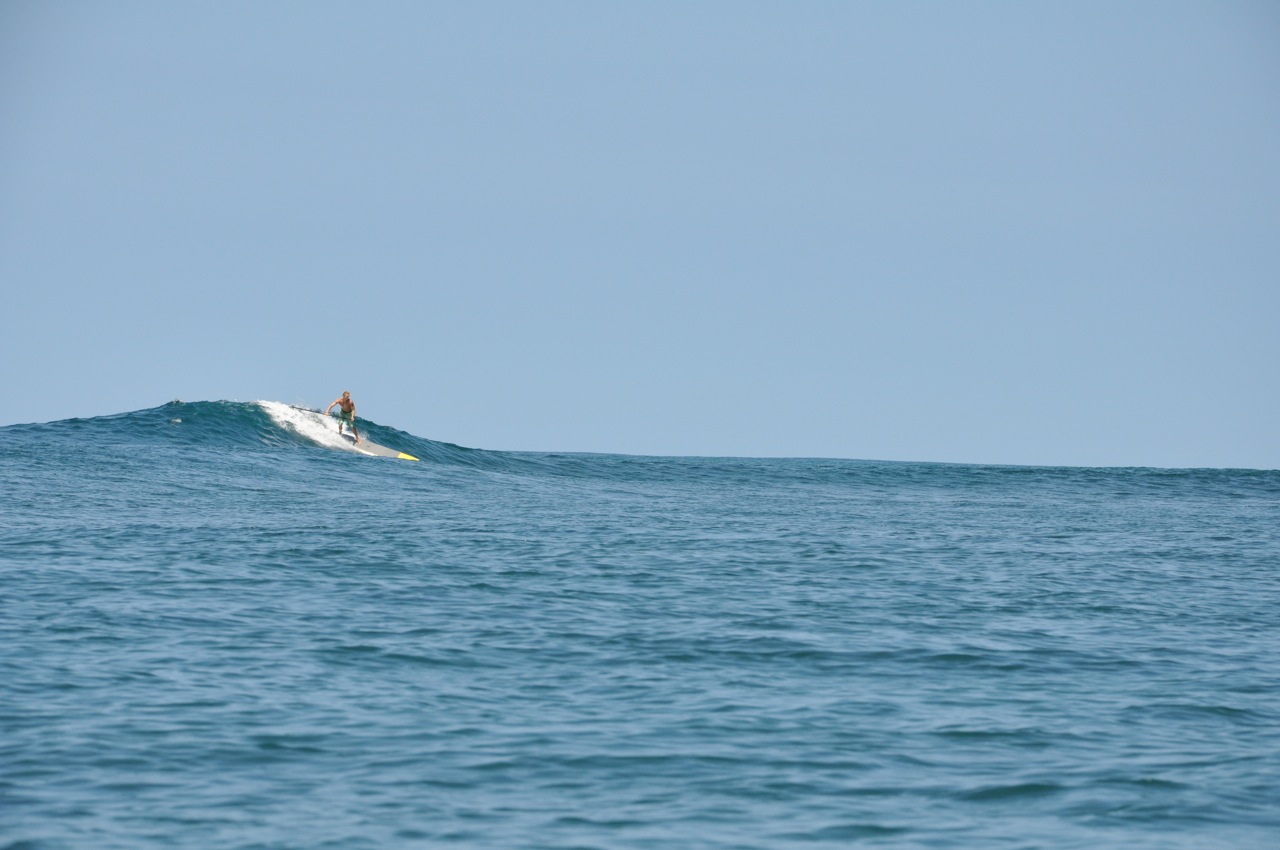Walking on Water
The Harmony Blog sits down with Spencer Klein, paddleboarder, surfer and founder of adventure outfitter Experience Nosara.
I remember driving with my dad, thumbing a Spanish dictionary, a surf guide, and a map of the coast at the same time. We were enveloped everywhere by the smell of guanacaste. The crushed guacimo in the roads, the burning of trash, the barrels of molasses spilled to keep the dust at bay; all of them came together to somehow frame our experiences traveling in a land and time that will never again be revisited.
Years later, I was on my own and it was raw and feral and around every turn in the road it seemed like the horizon of the whole world was there for the taking. Long, dusty drives became the fuel for silent dreams that swam through the thick afternoons. That ranch there. That’s where I’ll live, on the citrus trees down by the quebrada, the fish in the estero, surfing that point out front and the rock reef set up to the south that would only work on the big north swells. a whole life, an existence, put before me just like that. Poof.
You realize quickly that you have to get creative living outside of your home country. At the same time all the opportunity in the world is before you. Wide open coastlines, ranches that stretch to the horizons, remarkable biodiversity, and a wonderfully friendly local population. It seemed natural to tie together all those things I loved about guanacaste and the rest of the country – to offer those experiences that changed my life to others – that was the idea…
—by Spencer Klein, founder of Experience Nosara
Harmony: Tell us about what you do with Experience Nosara?
Klein: We are an adventure tour company, operating both day tours and all-inclusive packages. I guess our central aim is to offer clients and authentic experience of Nosara, and Guanacaste. So many people come to Guiones and never stray from their walk to the beach. That’s fine, but we wanted to give people opportunities to experience other things you can find in the area. There are several elements – or themes, you could say – involved in what we do, from stand up paddling and paddle surfing, to kayaking, birdwatching, surfing, and so on. And then there are a few trips we put together every year that are a bit more adventurous. Paddling down the coastline, exploring, camping, that sort of thing.
Harmony: What is paddleboarding? What is the typical speed of a paddleboarder? What do you do if the waves get big?
Klein: Paddleboarding kind of has two different faces. There’s the stand up paddling face, which can be done anywhere, by pretty much anyone, as long as you can find flat water. And there’s the paddle surfing face, which is exactly how it sounds – paddling into waves from a stand up position. Nosara is actually an incredible arena for either one.
Harmony: Is paddleboarding something that takes years to perfect?
Klein: I think one of the reasons it has become so popular so quickly is that it’s accessible to just about anyone, and the learning curve, at least for flat water paddling, is relatively quick.
Harmony: How did you and your dad decide to come to Guanacaste?
Klein: Like everything in Nosara, it was all by word of mouth. My parents came down in the 90’s because their dentist tipped them off. He said, “Hey, you guys gotta go check out this spot down in Costa Rica. It doesn’t get any better.” He was talking about the Harmony, before it was the Harmony, and Nosara. Then they started bringing me and my sisters down with them.
Harmony: What surprises people who take your tours about Guanacaste?
The mangroves tend to surprise people, especially right here at the Boca Nosara. There’s something prehistoric about them, something wise and exotic. What else? The dust. (Laughs.)
Harmony: What is your most memorable encounter with Guanacaste wildlife?
Klein: I’ll never forget the first time we came around this corner of the Rio Nosara, up above the Puente de Santa Marta, and we saw the crocodile locals call “Papa” coiled on the bank. We were on paddleboards only ten yards off the bank, and someone said, “What is that? Is that a croc?” He was incredibly camouflaged, and napping. We couldn’t tell him apart from the rest of the effluence and driftwood we’d seen on the banks. When he heard us he uncoiled, and we all pretty much broke into a silent laughter, ya know – making wise cracks to make ourselves feel better as he slid off the bank directly beneath our boards.

